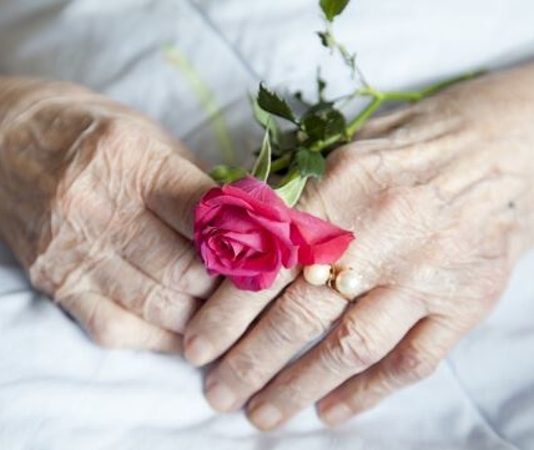Lung cancer is the leading cause of cancer death for both men and women in the United States.
“The American Cancer Society estimates that over 158,000 people (71,660 women and 86,380 men) will die of lung cancer in 2015 alone,” states Eric Jacobs, PhD, Strategic Director of Pharmacoepidemiology at the American Cancer Society. “This is more deaths than from breast, prostate, and colorectal cancer combined. And in women, it is more deaths than breast, ovarian, and cervical cancer combined.”
While 80 percent of deaths from lung cancer in the United States are still caused by smoking, there are men and women who have never smoked and, while still relatively young, are diagnosed with lung cancer.
“What causes lung cancer in never smokers is not always clear,” says Dr. Jacobs. “Some of these lung cancers are likely caused by exposure to second-hand smoke and radon gas. Radon gas can be present indoors.”
Looking for Clues
The signs of lung cancer can be subtle, and therefore possibly be overlooked until cancer has spread.
According to the Mayo Clinic, “lung cancer typically doesn’t cause signs or symptoms in its earliest stages.” Once the disease is advanced, signs and symptoms may include:
- A new cough that doesn’t go away
- Changes in a chronic cough or “smoker’s cough”
- Coughing up blood
- Chest pain
- Wheezing
- Hoarseness
- Weight loss (without trying)
- Bone pain
- Headache
There are generally two types of lung cancer: small cell usually occurs in heavy smokers and non-small cell is the umbrella term for “several types of lung cancers that behave in a similar way.”
“Awareness is the first step.”
Lisa Goldman is a 40-something Mom of two who never smoked and now blogs about living with stage 4 non-small cell adenocarcinoma. She came down with a cold in late October 2013 and after a few misdiagnoses learned in early January 2014 that she had cancer and began chemotherapy.
“Lung cancer does happen to people who don’t smoke,” she wrote on her blog, Every Breath I Take. She tested positive for a rare ROS1 genetic mutation.
Despite these cases like Mrs. Goldman’s where a seemingly healthy young person is diagnosed with advanced lung cancer, Dr. Jacobs is clear that smokers are still more likely to get lung cancer than non-smokers. “There is no clear evidence that women who have never smoked have higher rates of lung cancer than men who have never smoked,” he says. “There is very limited evidence that women never smokers under age 60 have higher lung cancer rates than men of the same age who have never smoked, but this remains uncertain. Like most other cancers, rates of lung cancer in both smokers and never smokers increase strongly with age, so relatively few men or women who have never smoked will develop lung cancer before the age of 60.”
For those concerned about radon exposure, he suggests testing in the home for radon levels. Details about radon testing can be found on the American Cancer Society website.
Of course, smokers are putting themselves and those around them at risk for lung cancer and are encouraged to quit smoking. “Caregivers who care for individuals who smoke may have special opportunities to encourage the person they care for to seek help in quitting,” said Dr. Jacobs. “The free national quitline (1-800-QUIT NOW) is one good place to start.”
Learn more about lung cancer at the Lung Cancer Alliance website, the American Cancer Society website, and the Bonnie J. Addario Lung Cancer Foundation website. Always contact your health provider if you have specific health concerns.





